A compelling urban canopy designed by EcoLogics Studio boasts bioreactors able to create a forest’s worth of oxygen daily (the equivalent of 400,000 square feet of natural woodlands). In that same short time span, the system can also produce hundreds of pounds of biomass by growing green microalgae that can be turned into bio-fuel.
A prototype module of this BioCanopy design was set up in Milan, Italy. It demonstrated how a constructed ecosystem can provide civic benefits by filtering air, shading spaces and generating energy. The project also shows more broadly how vertical green design can go beyond window dressing and tackle global environmental issues.
This technology may sound far-fetched, but a similar approach has already been successfully deployed in the world’s first bio-adaptive facade. Featuring SolarLeaf technology developed by Arup and Colt International GmbH, the BIQ House in Hamburg, Germany houses over 100 bioreactors teeming with microalgae. The integrated systems at work here form a unique architectural ecosystem in which living organisms play a crucial part.
Bioreactors around the exterior of the structure generate renewable energy from algal biomass and solar thermal heat. A series of transparent glass facade panels house the microscopic algae, forming a closed-loop system independent of soil or weather conditions. Energy generated can be used to modulate temperature or supply hot water. In this case, the system services 1/3 of the building’s heating needs.
The biomass does more than simply provide energy – it also works as dynamic shading and acoustic buffering system that responds naturally to external changes. The more sunlight the system gets, the more the biomass grows and blocks off excess natural light. During peak daylight hours, this provides an organic and automatic shade and noise reduction layer to protect interior spaces.
The potential benefits of biologically driven design are by no means limited to individual buildings. A Biolamp concept by Hungarian designer Peter Horvath, for instance, proposes drawing CO2 from urban surroundings, filtering smog on busy downtown streets.
These Biolamps contain water and microalgae, processing CO2 and expelling O2. Grown biomass is in turn pushed via a network of underground tubes to fueling stations. Consider the carbon loop: pollution generated by cars is itself captured and used to power cars.
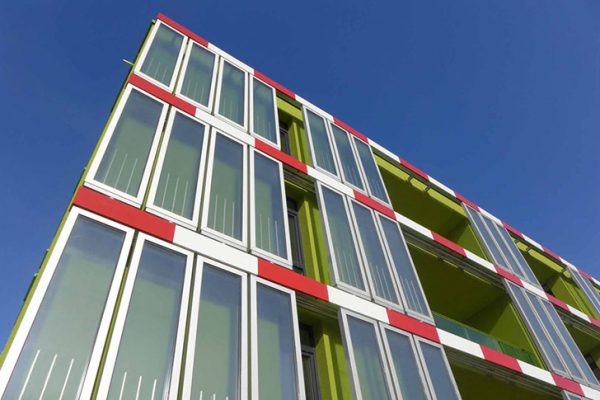
Bioreactors offer compelling benefits to the built environment. Still, working with living cultures inevitably adds a layer of cost and complexity to active system design. More sophisticated proposals for public spaces would also necessitate big infrastructure overhauls. Developers and occupants may also need convincing – bio-adaptive buildings are less glamorous at a glance than intensive green facades.

Extant concepts and prototypes still need work to become an everyday part of the toolbox for architects and urban planners. In the end, it is up to both design visionaries and tech innovators to continue pushing the envelope on building ecosystems.
Meanwhile, people looking to go (and grow) green at home may want to start by thinking beyond grass lawns. Derived from NASA data, this guide to air-filtering houseplants is a good place to begin:

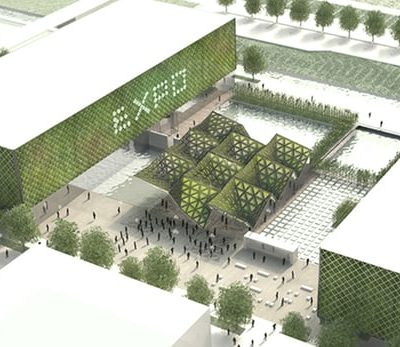
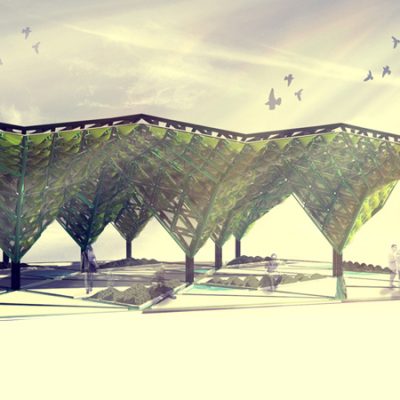
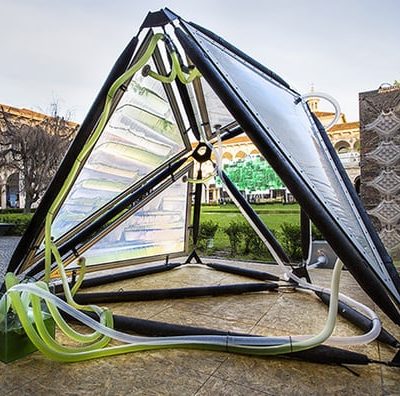

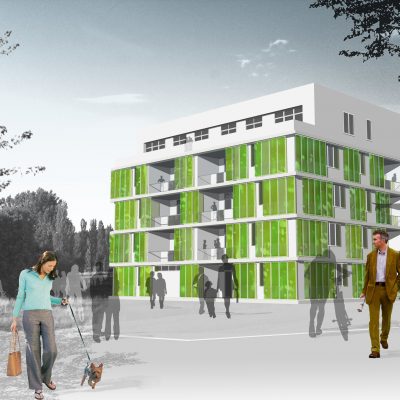

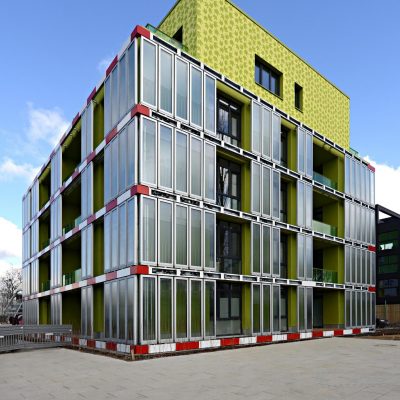
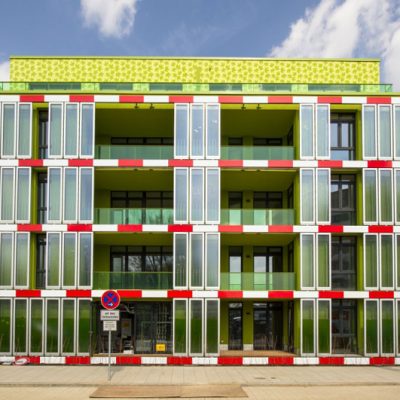
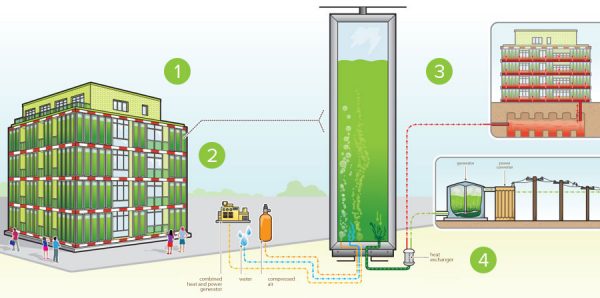
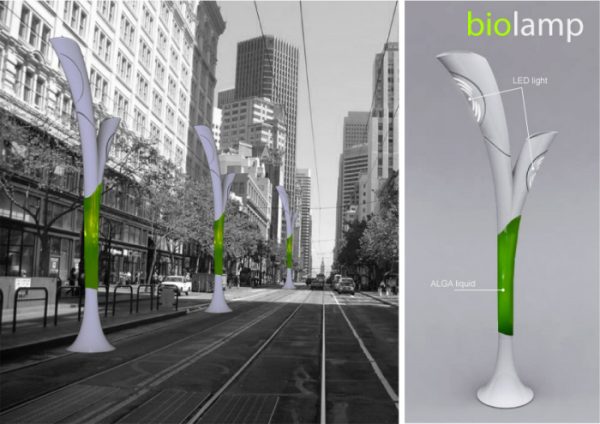
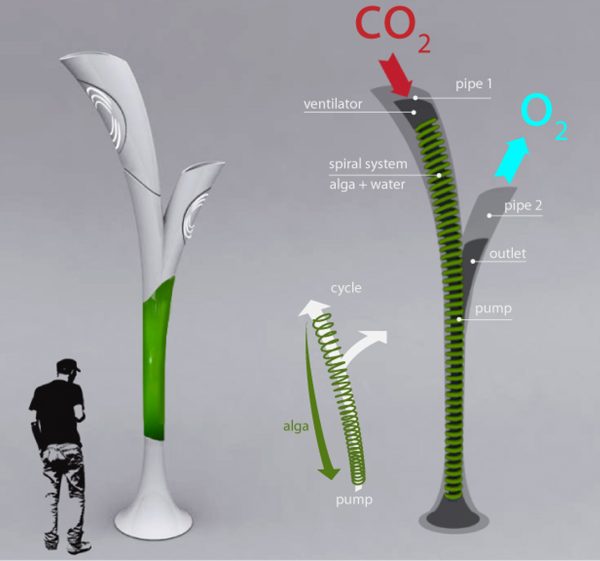



Comments (1)
Share
That’s cool that it would be possible to produce power from algae and sunlight. I would think that if you make a bioreactor look really cool and put it in the middle of a city then it would look good, provide power and also be eco-friendly. I think that would be really cool to have an architect design something like that.